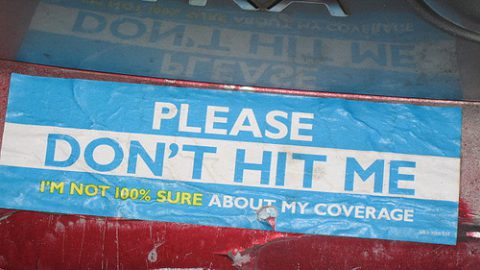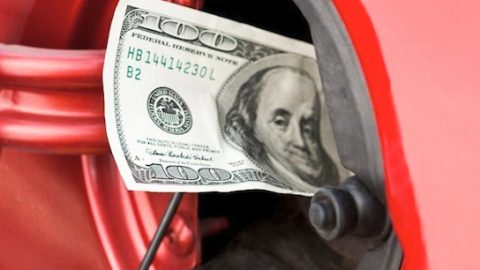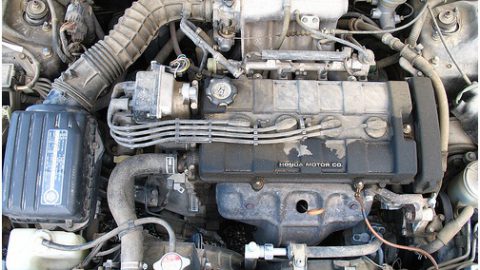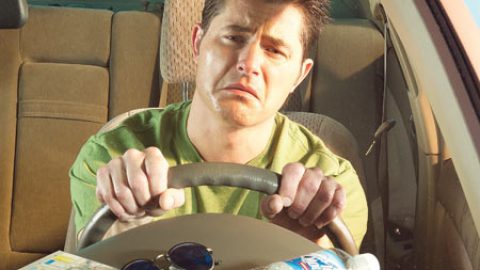 You cannot drive in most states in the U.S. without car insurance. If you own your car, you can opt for liability coverage and absorb the costs of any damages to your vehicle. This keeps your premiums down a bit.
You cannot drive in most states in the U.S. without car insurance. If you own your car, you can opt for liability coverage and absorb the costs of any damages to your vehicle. This keeps your premiums down a bit.
However, if you are still paying on your car, the lien holder (the bank or finance firm) can insist that you carry a certain level of insurance, so that they are protected as owners while you are protected as the driver.
You may find some lists that deviate a bit from this one, due to analyzing data from different years, and in different ways. Still, you will find this an accurate review of the top ten states with the most expensive car insurance.
While each state listing below will cite specific resource(s), all figures for 2016 premiums are taken from a study commissioned by Insure.com from Quadrant Information Services.
Capitol-Tires.com is an independent enthusiast website and is not affiliated with or endorsed by American Tire Distributors (ATD), Nexen, Itochu or any other manufacturers and its content is solely for informational purposes. All manufacturer names, symbols, and descriptions, used in our images and text are used for identification purposes only. It is neither inferred nor implied that any item mentioned by Capitol-Tires.com is a product authorized by or in any way connected with any products/vehicle manufacturers displayed on this page. Copyright © 2025 CAPITOL-TIRES.com. All rights reserved.









